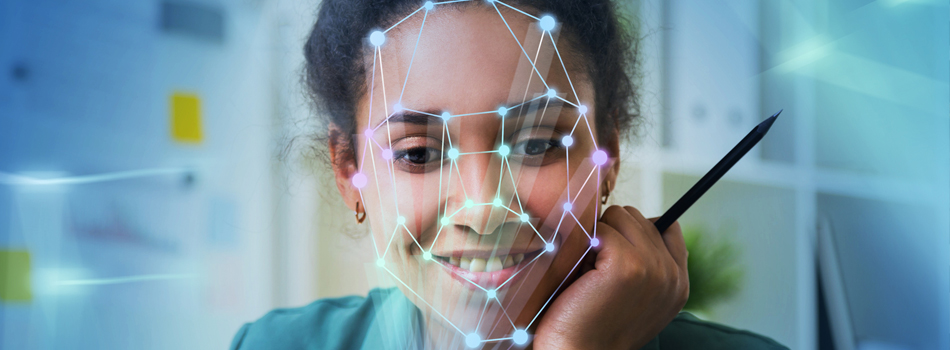The underlying premise of biometrics research is to capture unbiased attentional, emotional, and physiological reactions to a stimulus. Our specialist team at behave are trained in numouress ways to approach biometric research and provide actionable insights and recommendations for our clients. We offer three tiers of biometric research, varying in scale and granularity: predictive eye tracking, in depth analysis using biometrics lab, and remote biometrics using webcams or phone cameras. Our biometric tools are ideal for creative testing research to gauge how people will respond physically and emotionally to a creative. It can also be highly useful in user experience research, by identifying how people are likely to respond to your brand in a digital space and then looking at their actual experience.
Our biometric offering
The different approaches of biometrics we offer:
Visual AI using predictive eye tracking
By using a predictive eye tracking algorithm based on neuroscientific principles, we can understand where attention is focussed on a static stimulus and can in turn identify which features work best and which features fail to capture attention.
The algorithm predicts the bottom-up attention. This is focusing on what people are automatically drawn to and is built on existing knowledge of the visual brain. It is scientifically validated against 25,000 eye tracking studies and can predict on average 84% of eye-tracking results.
The stimulus is often compared against a set of images or benchmark category competitors in order to show the performance of key elements of the creative. However, during user experience research we analyse live web pages, again to identify the strongest and weakest features of the site to inform how to improve user journeys. The outputs include heatmaps that show the regions of the image likely to be noticed, with parameters including contrast, brightness, density, angles, colour composition determining the process. In addition, the image is tested against key metrics, such as visual complexity and saliency.
In depth biometric analysis using our in-house lab: eye tracking, GSR & facial recognition
Using our in-house biometrics lab we can analyse audiences’ physiological and emotional reactions when exposed to a stimulus. The method is made up of four key components; facial expression recognition, eye tracking, galvanic skin response, and electroencephalogram. This is a detailed approach and would usually be based on a group of 10 – 50 participants.
Facial Expression Analysis tools use complex algorithms to recognise facial expressions to translate and categorise these into human emotions.
The eye tracking technology detects and tracks eye gaze throughout the still or video creative, pointing to the most perceptually salient elements as well as highlighting the parts which people are not drawn to.
GSR (galvanic skin response) analyses skin conductance, the activity of sweat glands in the skin, which reflects the level of physiological arousal. This equipment reveals how intensely people experience emotions.
EEG (electroencephalogram) equipment consists of a head cap with electrodes, which pick up brainwave signals from below the scalp surface revealing levels of avoidance and attraction.
The biometric analysis in this approach reads the information every second, therefore we can pinpoint the exact moments that trigger certain psychological or emotional responses. The results are aggregated across each participant to provide an insightful and comprehensive picture of how engaging the stimulus is, and how people feel about it from start to finish.
Remote biometrics at scale
Using a remote biometrics method we are able to gauge people’s emotional and attentional responses to a stimulus at a larger scale than in our in-house lab approach. A major benefit to this approach is having a larger and more robust sample, and still being able to gain valuable insights around attention and emotion.
This method involves eye tracking and facial recognition technology via a webcam on a desktop or the front camera of a mobile. Similarly to in depth biometrics, we are able to dissect the stimulus and identify key moments that elicit emotional reactions and that hold the most attention. In addition, we can create tailored quantitative questions and overlay the insights with the biometric findings to come to definitive conclusions on what works and what doesn’t, whether it be in creative testing or user experience context.
For more information about our biometrics offering and how we can help your business, please email enquiries@behave.co.uk.


